Business: Freeports / Luxembourg
Locked stock
We peek behind the impenetrable walls of the High Security Hub, a luxury-storage facility and freeport.
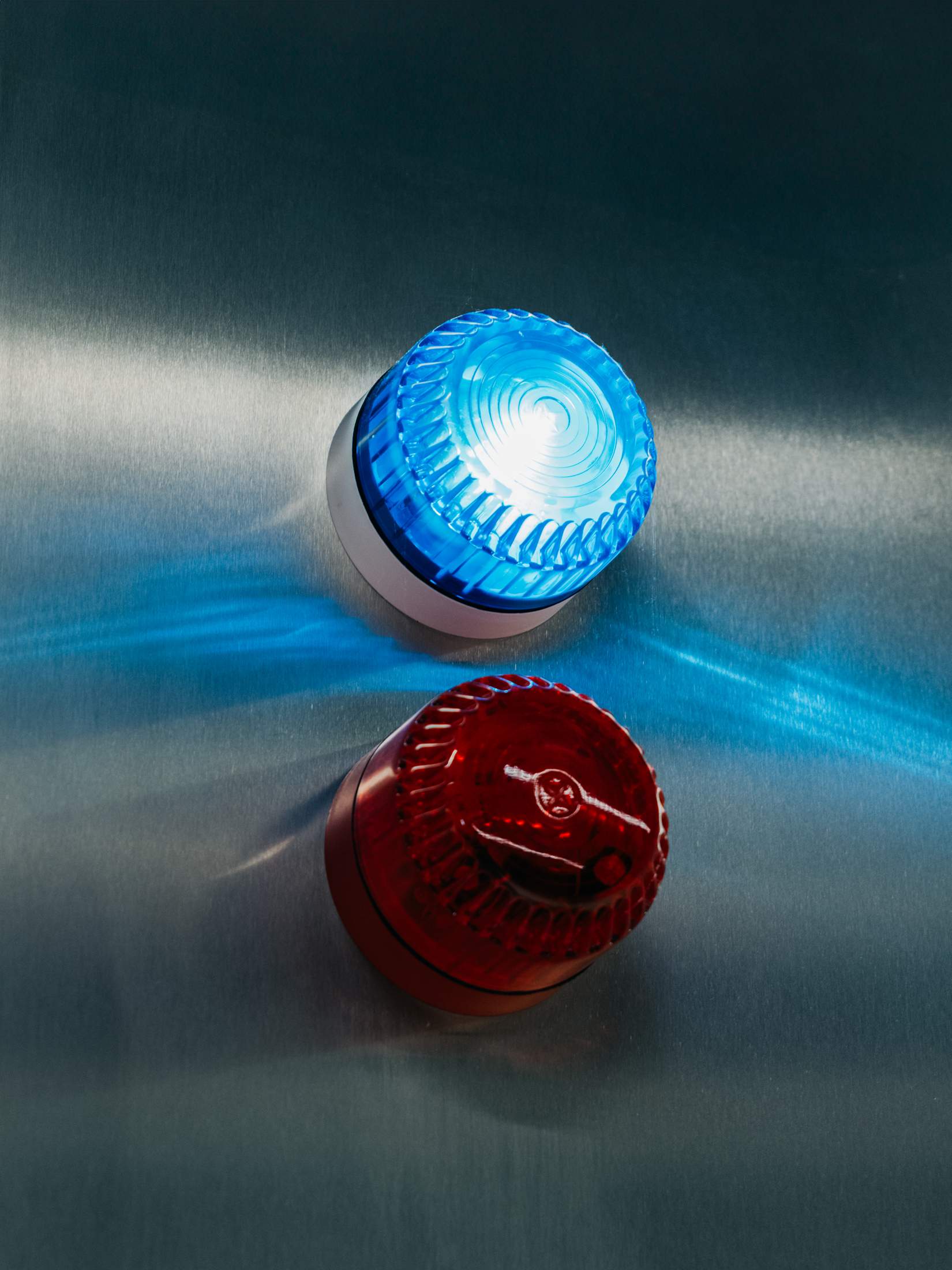
On the far periphery of Luxembourg Airport, among a collection of low-slung lorry depots is The Luxembourg Freeport, one of Europe’s busiest air-cargo handlers. Its large, angular, grey brutalist base is clad with stone-filled gabion fencing punctuated by thin window slits. It resembles a modernist fortress, or perhaps a contemporary art museum. In truth, this strange building is somewhere in between.
Designed by Swiss architects 3bm3 Atelier d’Architecture, the 22,000 sq m building opened a decade ago as the Luxembourg Freeport, a place where high-net-worth individuals could store anything from precious works of art to rare bottles of wine, behind myriad layers of security, within walking distance of a runway and immune from taxation. Though a freeport is discreet by nature, the world got a glimpse, of sorts, of the concept in Christopher Nolan’s 2020 film Tenet, in which a similar, albeit fictionalised place (the “Oslo Freeport”) played a central role. “Sort of a transit lounge for art?” asks one character, when hearing of the place.
Freeports are nothing new. As early as the 1500s, ports such as Livorno and Marseille were granting tax benefits and less-onerous customs controls to merchants, believing that it helped to boost trade. In 2012 the UK announced the rollout of eight new freeports, at locations including Plymouth and East Midlands Airport. (The country’s prime minister, Rishi Sunak, wrote a pro-freeport paper while a backbench MP.) Opinion is divided on whether they are economic spurs or simply tax havens.
The Luxembourg Freeport, along with sister properties in Geneva and Singapore, also designed by 3bm3, was the brainchild of Yves Bouvier, the now-notorious Swiss art dealer who last year reached an out-of-court settlement with Dmitry Rybolovlev over a decade-long case in which the Russian billionaire alleged that he had been the victim of a billion-dollar overcharge on art purchases. For Bouvier, whose family owned Natural le Coutre, a 160-year-old Swiss firm specialising in the transport and storage of fine art, the freeport was a sort of natural extension: not just somewhere to store art but a marketplace where art could change hands in a “suspensive vat regime” (ie, tax-free). It was a site tailor-made for art’s increasing status as a global investment vehicle.
But as Bouvier’s reputation began to suffer, so, seemingly, did the Freeport’s. A member of the European Parliament’s Special Committee on Finance Crimes, Tax Evasion and Tax Avoidance demanded an investigation into the Freeport, noting that it had “been alleged to be a fertile ground for money laundering and tax evasion” (a claim rebuffed by the European Commission’s former president Jean-Claude Juncker, who, as it happens, used to be prime minister of Luxembourg). Amid a more general anti-money-laundering campaign in the country (often viewed as a European tax haven), the Freeport reported a loss of €730,000 in 2022, according to the Luxembourg Times. Bouvier had pulled out, new management had come in, and various changes were afoot. monocle travelled to the Freeport at Findel Airport to learn more.
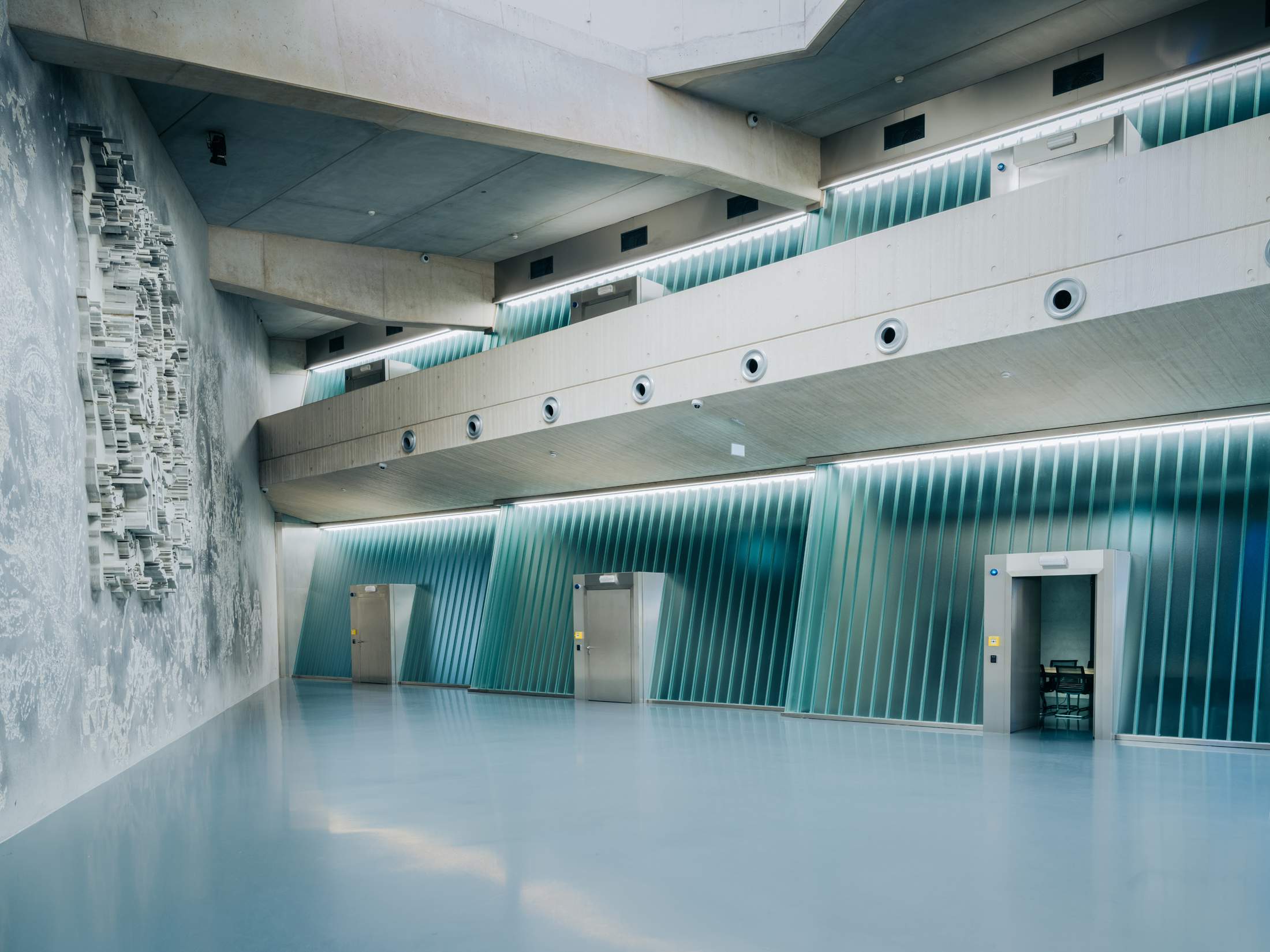
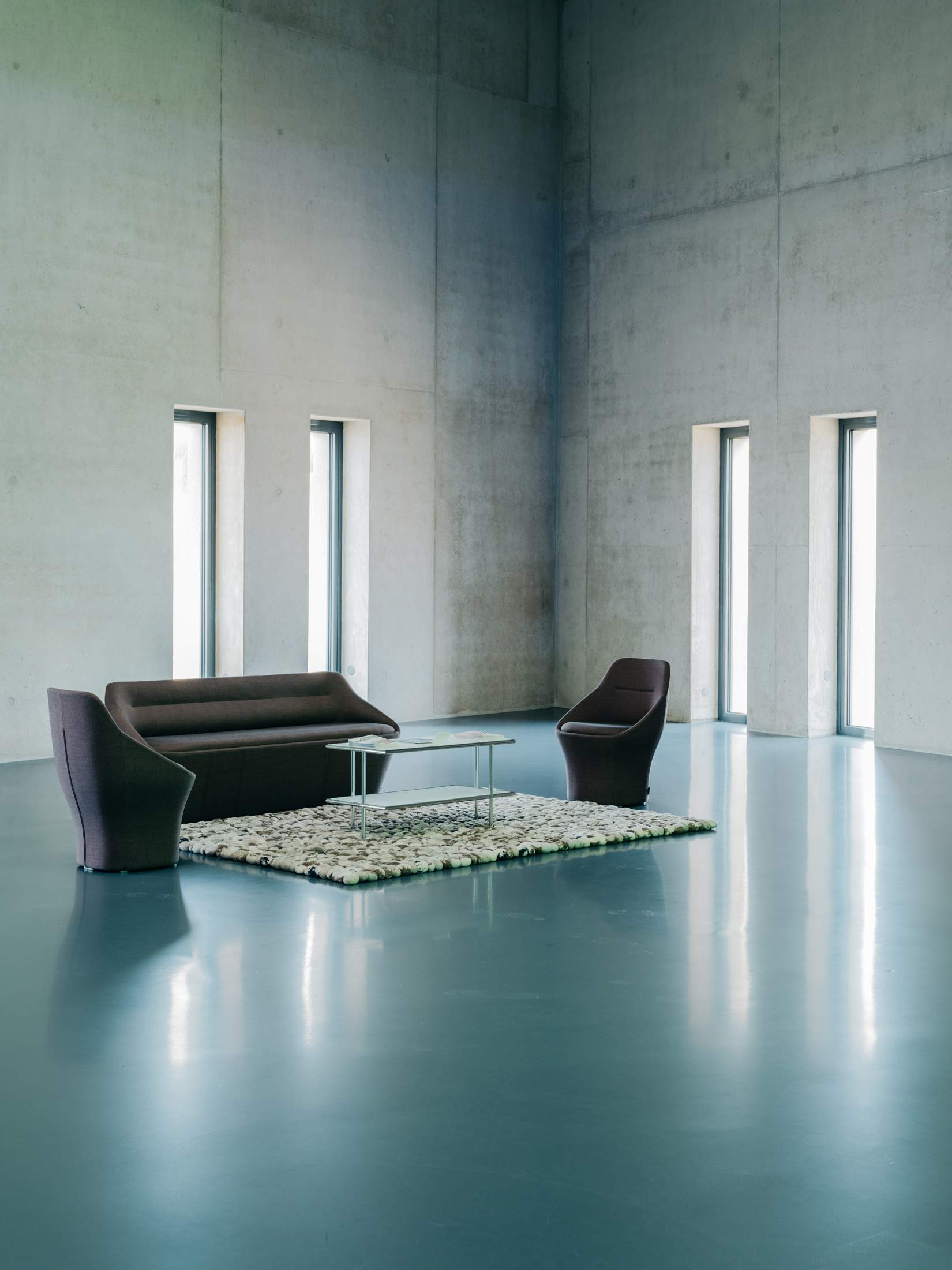

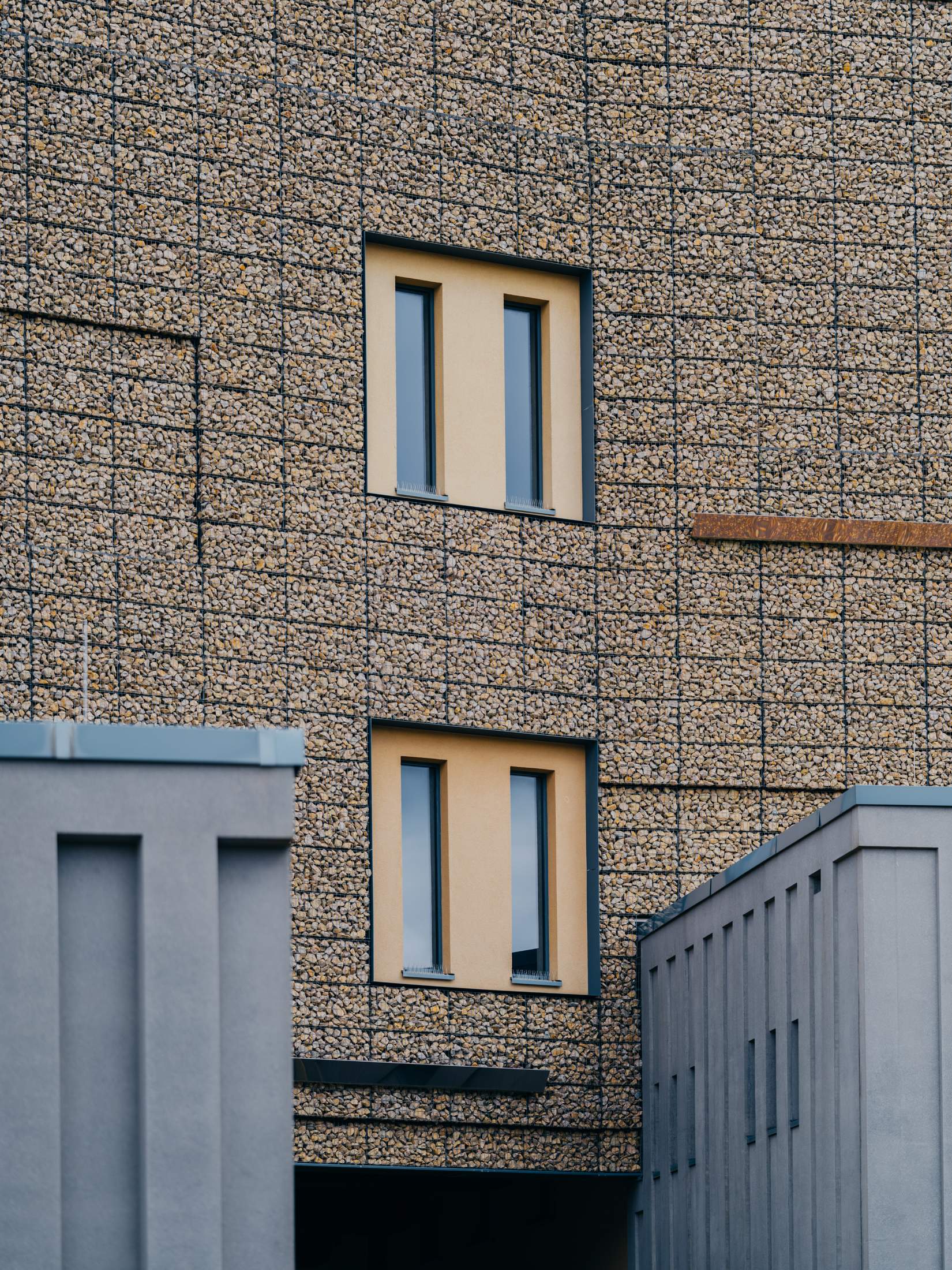
The first sign of change comes via Google Maps. Though locals might still refer to “Le Freeport”, the facility is listed on the map as the “Luxembourg High Security Hub”, the result of a 2020 rebranding. It is not the easiest place to get to. What looks like a 1km walk on the map actually requires a taxi ride (albeit a ridiculously short one); when the driver drops monocle off at a security entrance for the larger airport cargo facility, the guards explain that Le Freeport is actually further along, requiring another short taxi ride.
At the facility’s rear, entry is through a rotating steel door, set into a high fence topped with razor wire. The push of a button summons a security guard, who leads us to an interior room equipped with an airport- style security gate. Once through (after removing belt and watch), we meet Philippe Dauvergne, ceo of the High Security Hub, as well as Olivier Thomas, a French investor (he has backed start-ups including Zenly, which was recently sold to Snapchat), who last year became the property’s “unique” shareholder, after buying out Bouvier, his one-time partner. They wear stylish suits and long coats, which they keep on, owing to the fact that the facility is kept at a constant cool temperature.
Speaking in an austere lobby, with poured concrete walls that have been dyed ivory and patterned to resemble wood, Dauvergne has the world-weary, mordant air of the lead inspector in a European detective drama. As well as an anti-money-laundering consultant for the UN Office on Drugs and Crime, he’s a lieutenant colonel in the réserve citoyenne of France’s Gendarmie Nationale. He stresses that the Hub has nothing to do with Bouvier these days. “We do not mix,” he says. Art is still a focus but the Hub is trying to market itself as also attractive for the storage of precious metals, such as rhodium, which are used in both industry and jewellery. “You have two legs on the ground and it’s very stable.”
There are myriad vaults, ranging from 100 sq m to 400 sq m – numbered randomly as a security measure to confuse those who don’t belong there – which tend to be leased in three- to seven-year blocks. Dauvergne can’t divulge precisely what is in those vaults, because he does not know. The Hub cannot enter the vaults; nor does it even handle the incoming and outgoing goods. Instead, the Hub has a handful of “licensed operators” (companies such as Brinks), that work with Luxembourg customs, which has a small office on-site.
This opacity would seem catnip for illicit activity but Dauvergne notes that the national customs office inspects 100 per cent of incoming and outgoing goods (in typical warehouse environments, he says, the figure is closer to 1 per cent). The fact that more than €200m of Russian assets were seized from the Freeport in 2022 is, he says, proof that the process is working. Goods are not free from inspection and laws, they are exempt from taxation: if a painting stored here were to be sold, say, to the US, no vat would be assessed because the good never technically entered the EU. “We are based in the territory but we are not in the tax territory,” says Dauvergne.
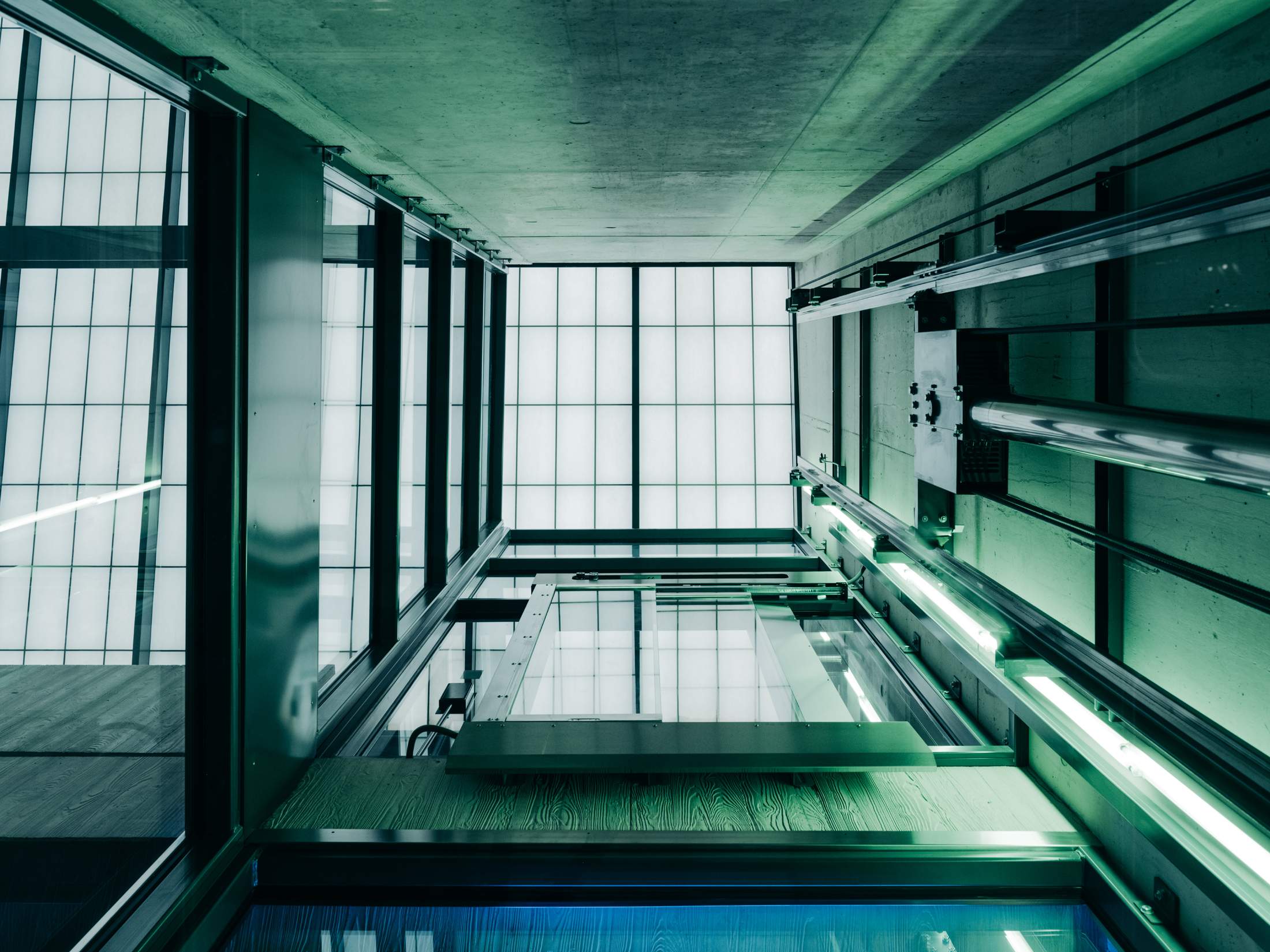
View through the glass ceiling of the Hub’s passenger elevator

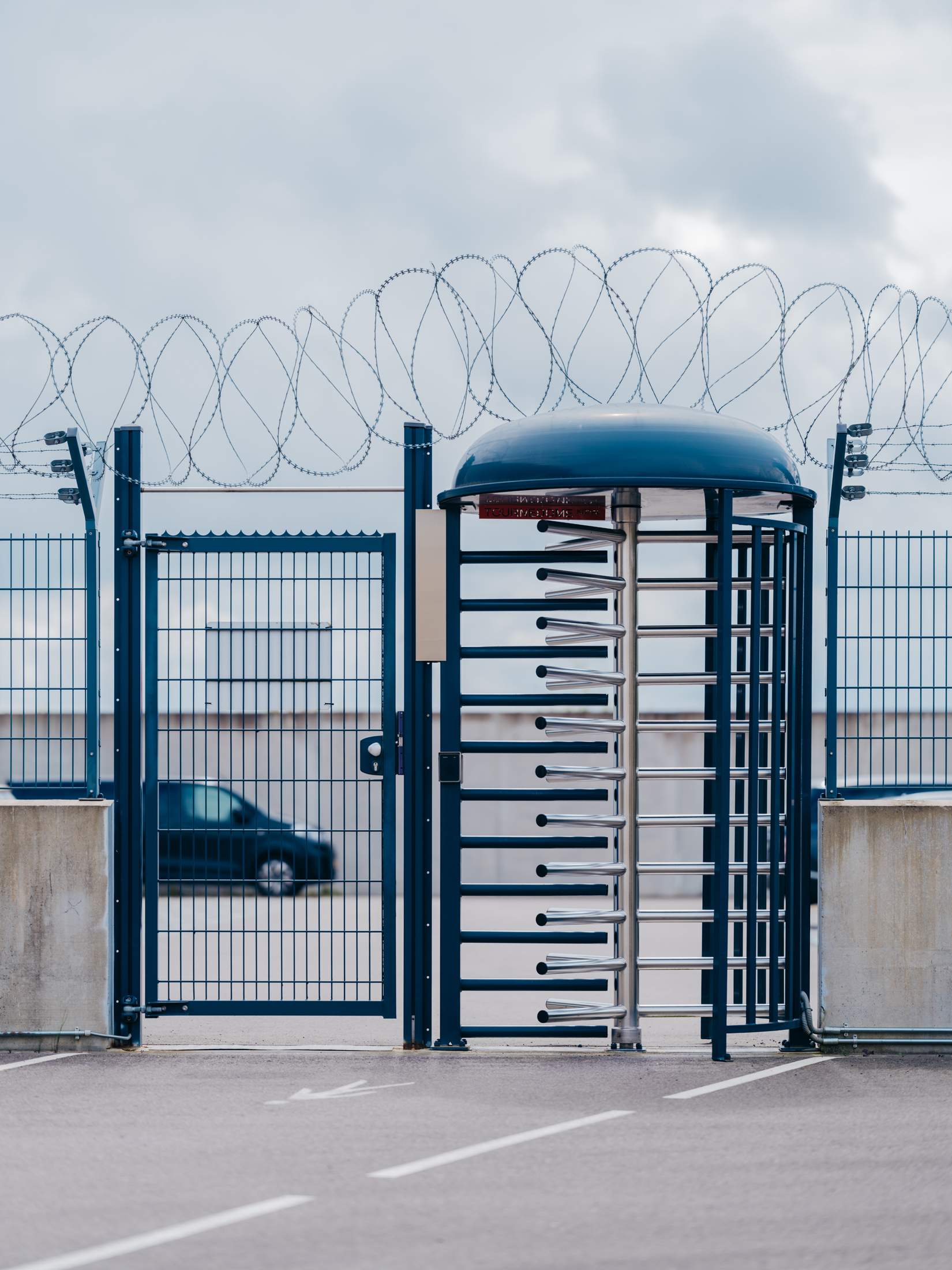
First point of entry
He leads monocle to an adjacent room, a garage-like space where trucks enter to unload. “Before being granted access, the licensed operator has to inform us 24 hours in advance, without giving us any information about what is inside ,” he says.
He ticks off the Hub’s security features with the well-practised patter of an estate agent. The garage door, he says, is “not anti-missile but anti-ballistic” (good “up to .50 cal”). Retractable bollards will resist up to 44 tonnes of force. There are thermal detection and X-ray cameras, explosives detectors and a ceiling-mounted mirror. A magnetic sensor is used to detect vibration; it’s sensitive to the point where the heartbeat of a stowaway mouse was once detected (and triggered a police call-out). The Hub, monitored by some 300 security cameras, state-of-the-art cooling and nitrogen fire-suppression systems, has a secure rating of 99.85 per cent from the firm Axa, up from 97 per cent a few years ago.
This security, says Dauvergne, leads to reductions in insurance costs, which is one of the Hub’s common sales pitches. Another is that unlike the freeport in Geneva, the Hub is distinct in that products can enter directly from the tarmac. Another garage door, towards the rear of the building, opens onto the airside environment of Luxembourg International, but requires various clearances, from security to air-traffic control, to be opened. From a small rooftop terrace, there is a direct view over a fleet of CargoLux jets; a high-pitched whine and the smell of jet fuel fills the air.
Touring the Hub is a bit like walking through a Delphic riddle. Dauvergne notes that the massive elevators can accommodate cars; when he’s then asked if there are any cars currently in the Hub, he exclaims: “Good try!” Walking down a seemingly blank corridor, monocle asks Dauvergne if photography is accepted. He shakes his head with a vaguely mournful smile. But what’s the risk in taking a picture of such banality? “There is always something when you know what you are looking for,” he says, his words echoing in the emptiness. One of the few concrete details that Dauvergne reveals while leading monocle around the Hub’s art-restoration facilities is that a painting by Frank Stella – “Karpathenburg II” – was stored and worked on at the Hub. The work was acquired at a Bonhams auction in 2016 for $277,500 (€258,000) and shown in a nearby exhibition in 2022.
The tour concludes in the Hub’s “ballroom,” a soaring atrium with polished concrete floors, a few minimalist furniture arrangements, a small bar and, dominating the space, a looming fresco in raised cement by the Portuguese artist Vhils (whose work, ironically, typically adorns outdoor public walls). Occasionally the Hub will host security- minded events. One of these was a new bmw car launch in which visitors’ phones were confiscated. Off to the side, behind a slanted, opaque wall of glass, are a series of small “showrooms” in which dealers might tempt purchasers, or insurers might value works. While goods could theoretically linger forever in the Hub, “this is not a cemetery”, says Dauvergne. “Tenants prefer to have a lot of movement for merchandise, because movement is money.” —


